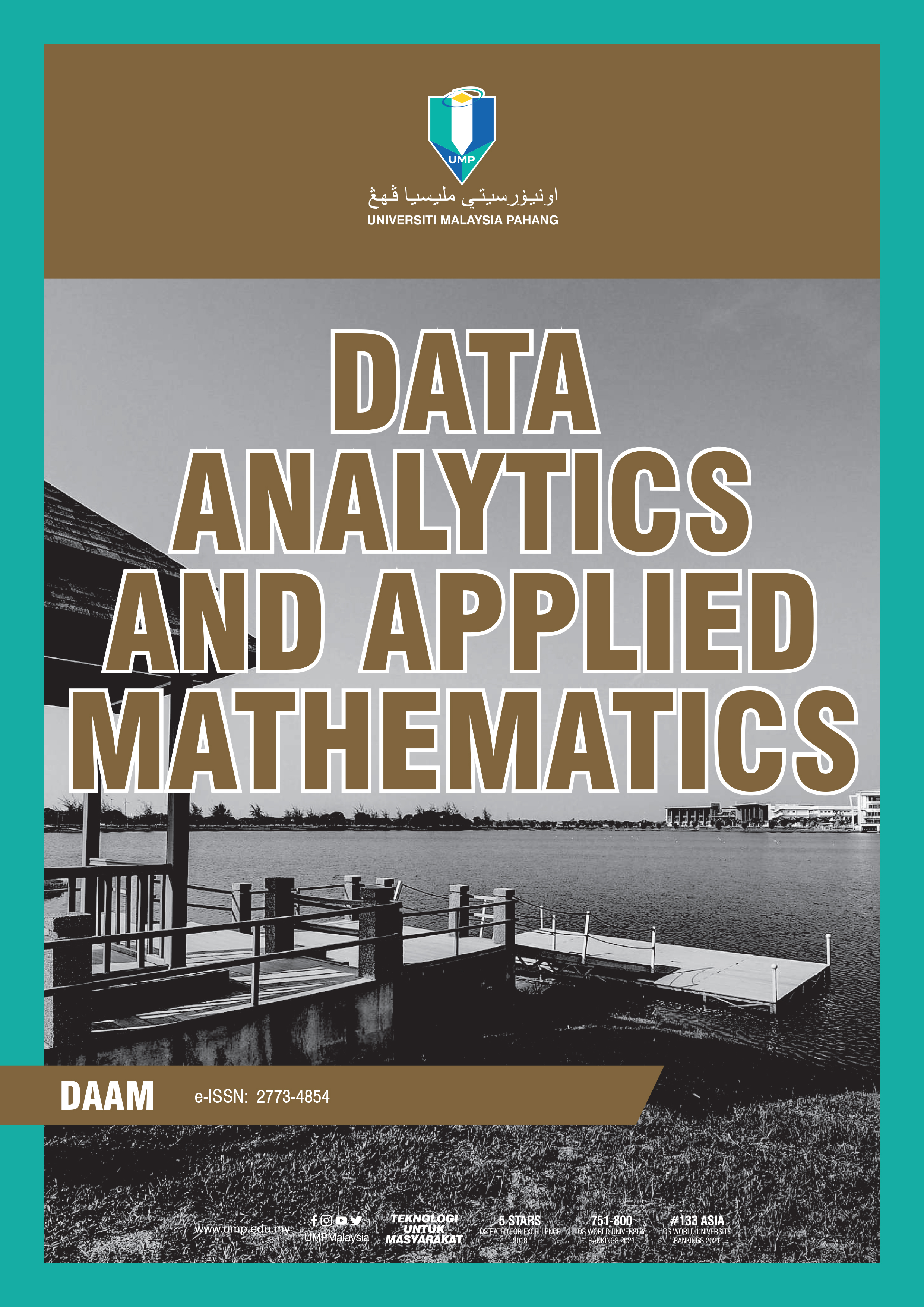Comparison of recurrent neural network and long-short term memory technique in predicting mortality rate in Malaysia
DOI:
https://doi.org/10.15282/daam.v4i1.9586Keywords:
Long-short term memory, Mortality rate, Malaysia, Recurrent neural network, Predictive modelingAbstract
The Disease Control Division, Ministry of Health states that mortality data are a crucial tool for examining a community's health. Several studies have been conducted on developing a predictive model to predict the mortality rate but most of them are applying the standard machine learning models. Hence, this study is conducted with its main objective to develop the Recurrent Neural Network (RNN) and Long Short-Term Memory (LSTM) models in predicting the general mortality rate in Malaysia and compare the predicted mortality rates between data with and without post-pandemic statistics. The death rate was investigated using the 2022 Revision of World Population Prospects, the twenty-seventh edition of official United Nations population estimates and projections issued by the Population Division of the United Nations Secretariat's Department of Economic and Social Affairs. A Z-test was employed to investigate if the 2021 and 2022 mortality rates bring any significant difference to the predicted mortality rates. The findings confirm the superiority of the LSTM model in accurately predicting mortality rates compared to RNN with the inclusion of post-pandemic data did not significantly affect the model's predictions. Overall, this study contributes to the understanding of Malaysian mortality rates and provides a foundation for future investigations in this field. The accuracy in predicting the future mortality rates, particularly in pandemic scenarios, remains challenging and requires further research.
Downloads
Published
Issue
Section
License
Copyright (c) 2023 Universiti Malaysia Pahang Publishing

This work is licensed under a Creative Commons Attribution-NonCommercial 4.0 International License.




